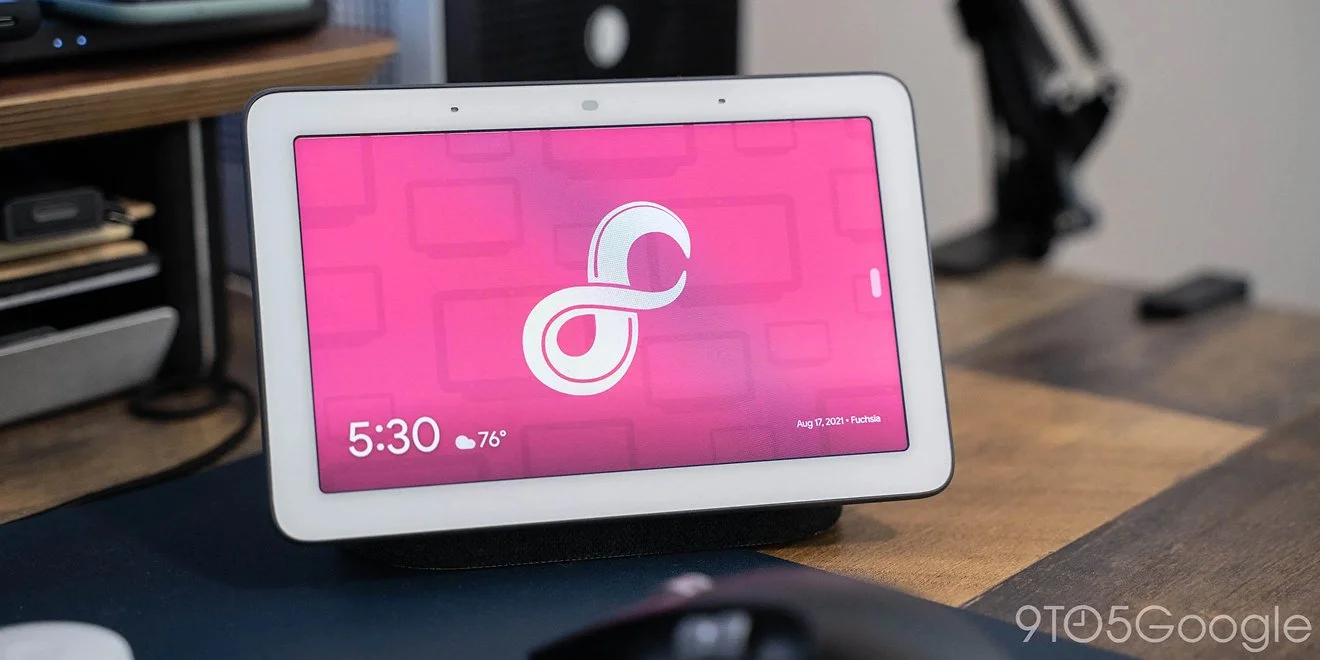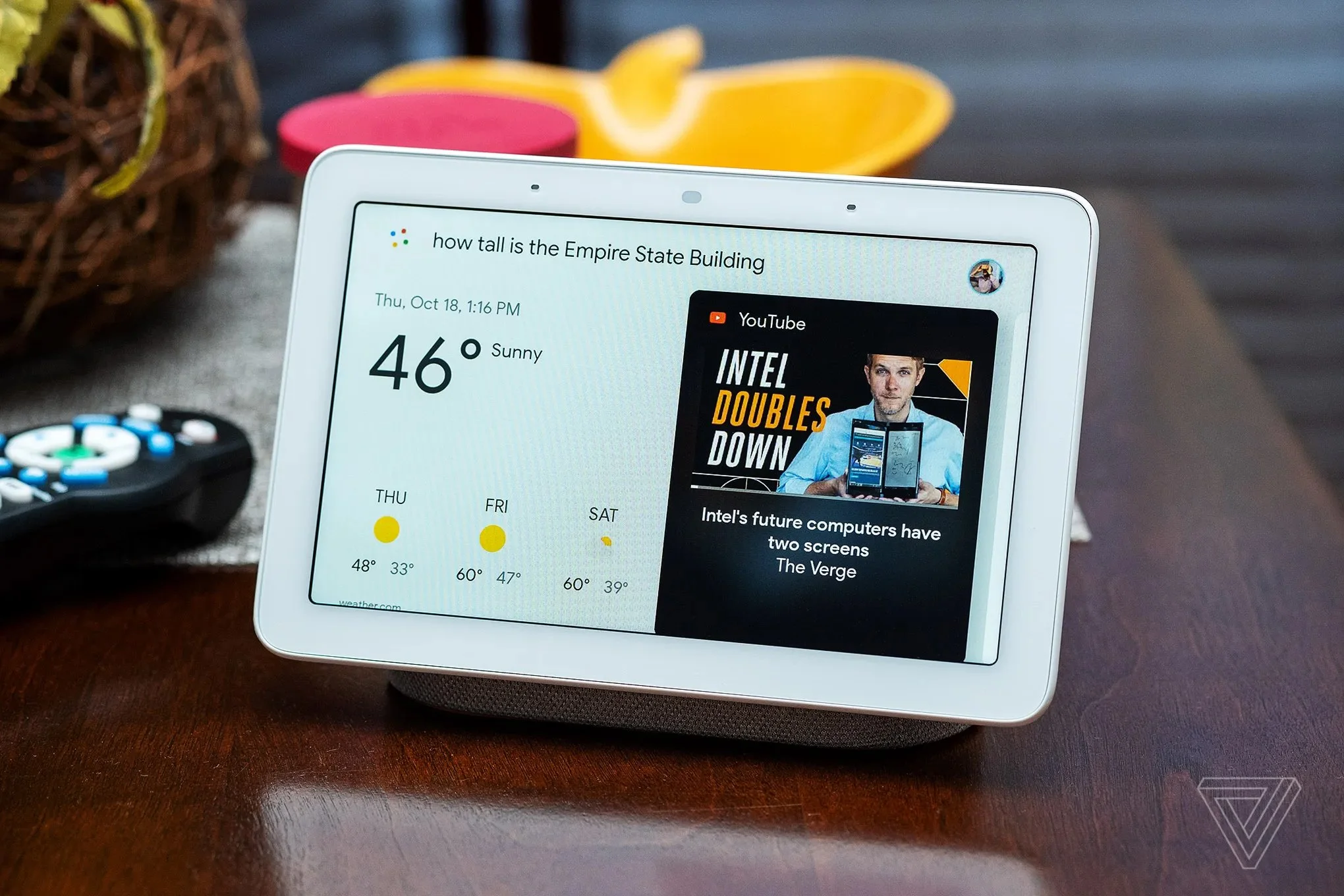Fuchsia · Google (2018-2020)
While I was an Interaction Designer and the Accessibility UX Lead, I designed the magnification and screen reader experiences for visually impaired users on Google’s Fuchsia OS, powering millions of Nest Hub devices.
Fuchsia is Google’s open-source, next-generation operating system. For this work, I received a Product Excellence award from Android and Chrome SVP Hiroshi Lockheimer.
Watch The Blind Life (a low vision user) review the magnification and screen reading experience.
Magnification and screen reader
I was the UX Lead for magnification and screen reader experiences on Google’s operating system for their first generation Nest Hubs Fuchsia.
Low vision users zoom in on the Nest Hub screen, magnifying parts by pinching-to-zoom. They can then use two gestures in this zoomed-in mode to navigate the screen. This helps them see the screen better and navigate it.
For blind users, I created the gesture system that enables the screen reader to read content aloud and help users explore and select items without sight.
Throughout, I focused on simple, physically ergonomic gestures tailored to users with a range of abilities, including those with combined visual and motor impairments, such as many older adults.
In contrast to Google's Linux-based operating systems such as ChromeOS and Android, Fuchsia is based on a custom kernel named Zircon. It replaces the previous CastOS running Linux in Google Nest Hubs.
“This feature is also very much cherished by those of us who are visually impaired, could not read the screen without it and the screen reader functionality that is built in.”
User feedback
“You don’t ship a new operating system every day, but today is that day,” tweeted a Google technical lead on the Fuchsia OS project, Petr Hosek.

